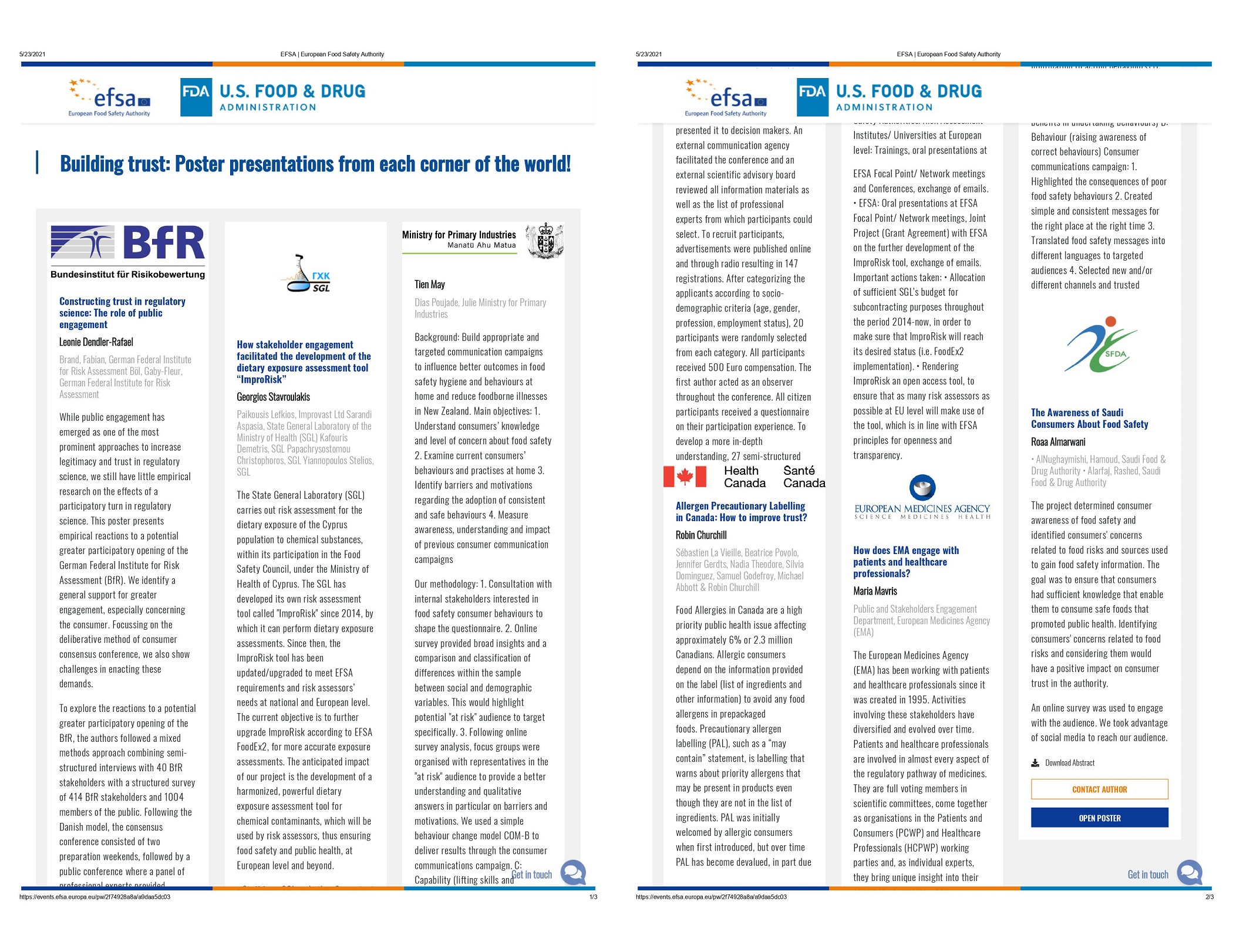“SFDA” Warns of “Amana” Bottled Water, Size (4 Gallons)
2021-04-14
The Saudi Food & Drug Authority (SFDA) has warned about consuming “Amana” bottled water (4 gallons), produced by Amana Bottled Water Factory, Riyadh, because it exceeded the allowable limit of bromate substance.
The Authority has explained that it examined samples of bottled drinking water, locally produced during the past period, from several batches of different production dates and sizes, to determine its compliance to the GSO standard No. (1025/2014- Bottled drinking water), which specified the maximum allowed limit of Bromate at (10ppm).



